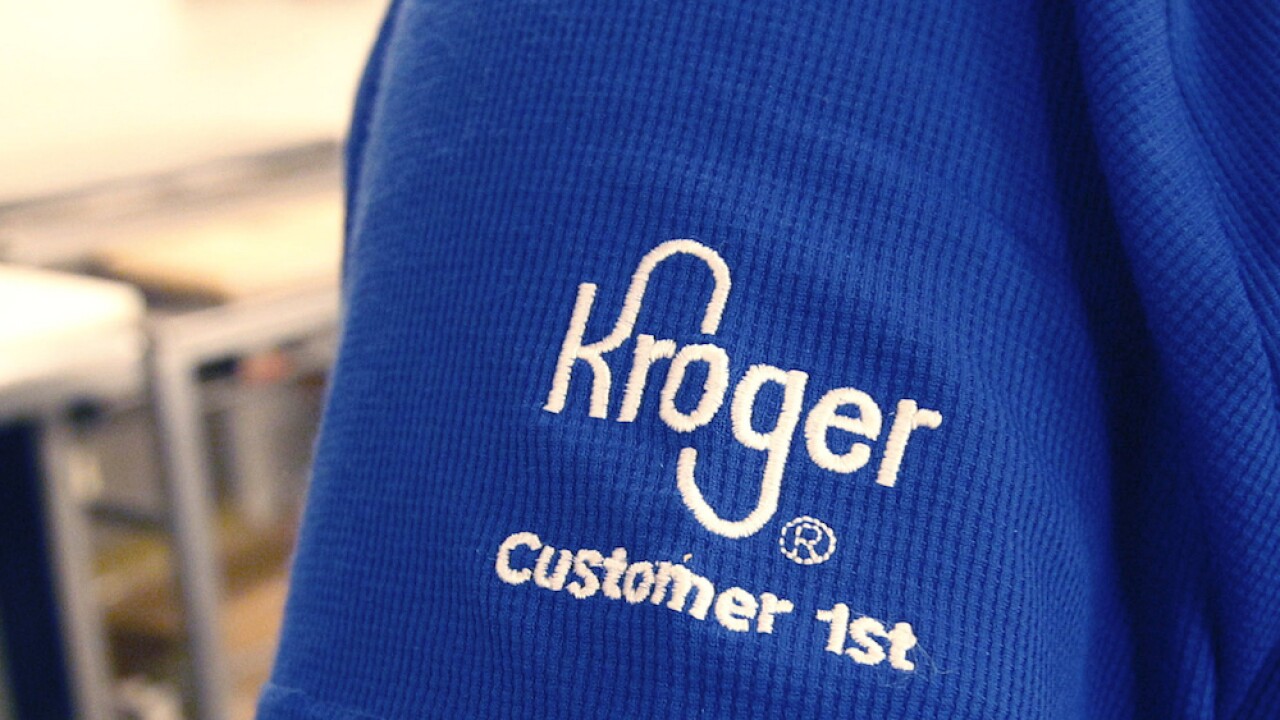MESA, AZ — Irene Shields of Mesa spends a lot of time looking for the best possible prices.
"I research first and then I compare," she told ABC15.
She and her mother scour grocery ads and look for coupons to make the deals even better.
Safeway used to be her favorite but when Albertsons bought that company a few years ago, the location nearest her house shut down.
"I was really sad," she said. "I was about to cry."
Just as she's learned to live with it, another merger is in the works.
Kroger, which owns Fry's Food and Drug, plans to buy Albertsons which owns Safeway.
They are three of the largest grocery store chains in the Valley looking to become one by 2024.
But if the choices go down, will prices go up?
No one can say for sure according to Elliot Rabinovich, Supply Chain Professor at W.P Carey School of Business at Arizona State University.
"You're talking about a $25 billion merger that has a lot of moving parts," he said. "It takes a long time for it to be evaluated. And even during that time, it starts growing new legs."
Regardless he said grocery companies almost have to get bigger if they want to stay in business.
And he said for a company like Kroger it is important to be able to compete with even larger companies like Walmart, Costco, and Amazon.
"They're (grocery stores) in an environment where it's ruthless. It is very, very, very competitive," said Rabinovich.
Walmart has 113 stores in Arizona. Safeway, Albertsons and Fry's have 260 combined.
When asked for comment the companies referred ABC15 to a joint press release that was distributed when the deal was announced on October 14.
It said in part the company plans to invest in lowering prices for customers and expects to reinvest approximately half a billion dollars of cost savings from synergies to reduce prices for customers.
According to economist Timothy Richards, Chair of Agribusiness at ASU's W. P. Carey, the newly combined company would have about half the grocery market in Arizona.
He said there are two ways the deal can go for Arizona consumers.
"It's going to be either more efficient and prices are going to fall, or it's going to be less competitive, and prices are going to rise. You know, that's, that's the $64,000 question there," Richards said.
And it's up to the Federal Trade Commission (FTC) and the Department of Justice (DOJ) to answer that question when deciding whether or not to approve the deal wich Richards says would almost certainly include selling some stores.
"They (regulators) get down and they look at individual markets. The level of scrutiny is amazing," he said.
Richards said agencies looking at the deal will consider how concentrated the market is currently using the Herfindahl-Hirschman Index (HHI).
"A non-concentrated industry is between zero and 1,000. Moderately concentrated is between 1,000 and 2,500. And highly concentrated is between 2,500 and 10,000." Richard said.
He said right now the Phoenix-area market is about 1,800. If the merger were approved with no stores sold concentration would increase to 2,500.
"We will be right at that upper threshold for what they call, moderately concentrated. So right at that threshold where we get to be highly concentrated," he said.
Presumably anticipating the need for divestiture in its October announcement, Kroger and Albertsons said it was already prepared to create a competitor that would be sold 100 to 375 stores around the country.
Richards said he eventually expects the combining of resources and buying power to work in favor of consumers but, "the arguments about having more choice more products and things like that on the shelf is real."
Especially to shoppers like Shields who is clipping every coupon and counting every penny.
"We're just hoping for the best for everyone. So, we'll see," she said.



